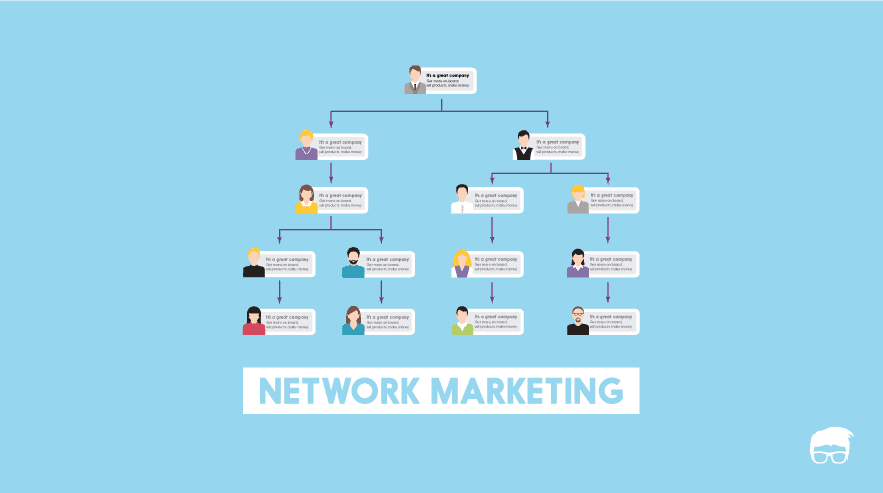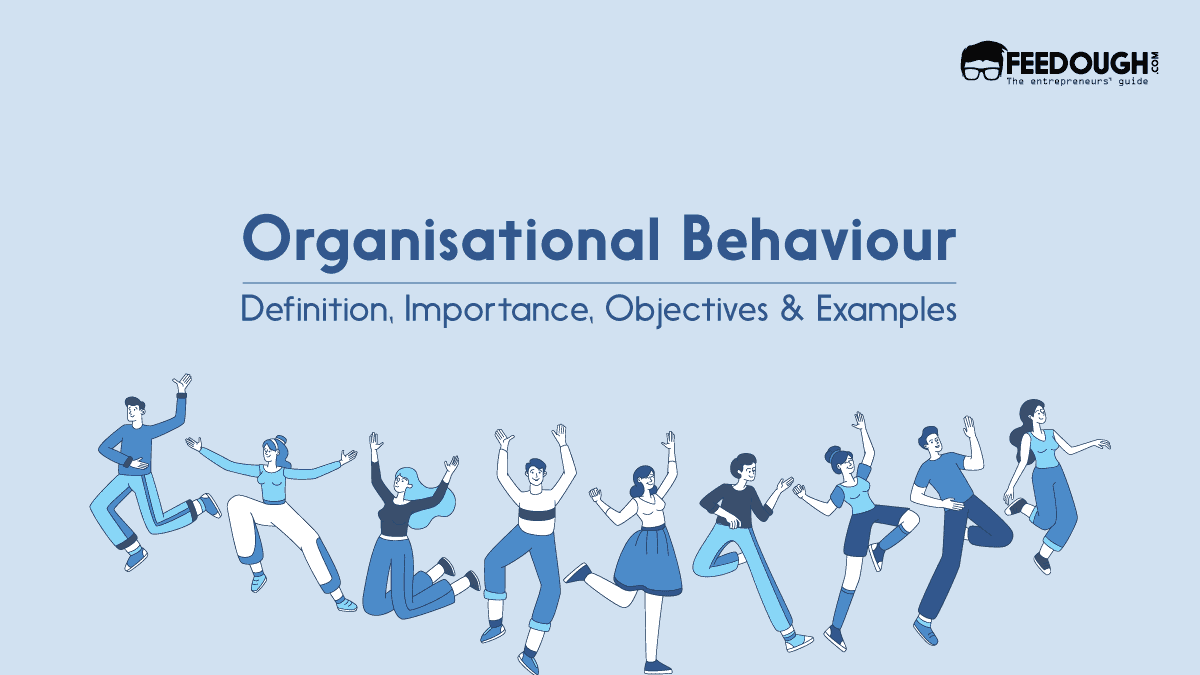A homeless person’s primary concern isn’t to build friendships or achieve a career milestone but rather to bring food to the plate and seek shelter. Similarly, someone living in a war-torn country will not be bothered by social validation but instead focus on staying safe from physical harm. This shows how human beings prioritise specific needs depending on their circumstances.
Abraham Harold Maslow, an American psychologist, carefully studied this behaviour and developed a theory, popularly known as the “hierarchy of needs”, explaining the same.
So what exactly is Maslow’s hierarchy of needs? And how does it influence a person’s actions?
What Is Maslow’s Hierarchy Of Needs?
Maslow’s hierarchy of needs is a motivational theory in psychology explaining a five-tier hierarchical model of human needs that dictate an individual’s behaviour.
Conceptualised by Abraham Maslow in 1943, this theory states that people have different levels of needs, and they have to fulfil the lower level needs before moving on to the higher level. These five categories of needs are (in hierarchical order)
- Physiological needs (food, water, shelter),
- Safety needs (protection from harm),
- Social needs (love & belongingness),
- Esteem needs (self-respect, respect by others) and
- Self-actualisation needs (fulfil one’s potential).
According to Maslow, humans always focus on fulfilling their basic needs first. These needs are non-negotiable and are universally true for all human beings. After fulfilling these needs, a person can focus on a more individualistic, emotionally complex set of needs.
The Five Levels Of Maslow’s Hierarchy Of Needs
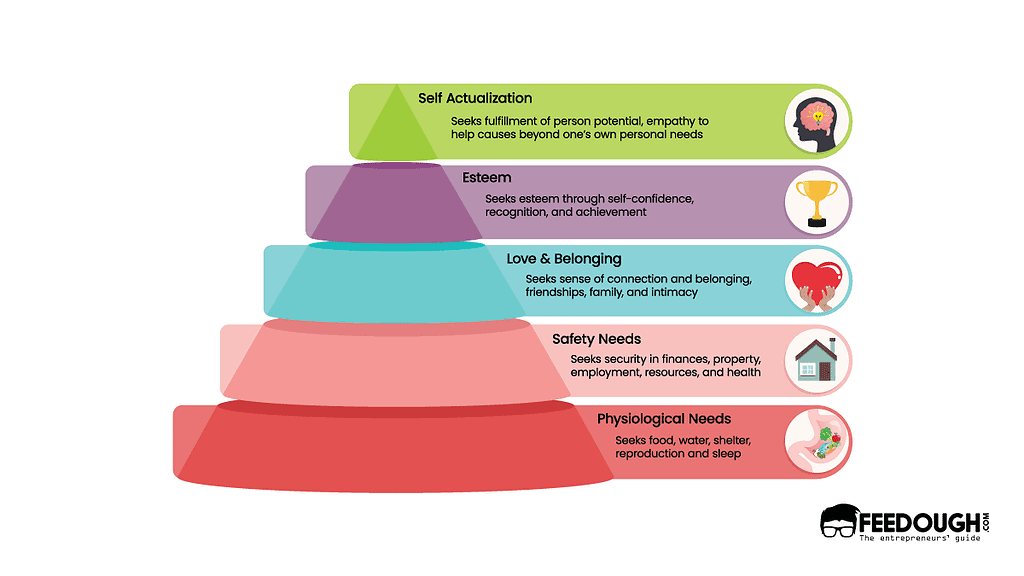
According to Maslow, humans have five levels of needs that must meet in a specific order, and it is described as follows:
Physiological Needs
For human beings, the most basic needs deal with the maintenance and functioning of the body. Maslow describes these basic needs as physiological needs since they are vital for survival. Without food to eat, water to drink, a shelter to live in and proper rest, a person will struggle to function properly in society. Maslow believed these needs are the most instinctive needs as everything else becomes secondary until these needs are met.
For instance, a person recently impacted by lay-offs will immediately seek alternative employment to earn money and fulfil their basic needs of food, water and shelter. Only after securing a new job and fulfilling the most basic needs of survival can a person move on to the next level of needs.
Safety Needs
Once there’s enough food and water in the belly with a comfortable shelter to rest in, human beings start to prioritise urgent bodily security and safety from attack. This is what Maslow describes as safety needs. For instance, refugees flee war, violence, conflict or persecution and cross international borders to seek urgent physical safety. Similarly, if a natural disaster strikes a region, people immediately leave their houses seeking physical protection and security.
There’s no way a person can focus on pursuing their high-level needs if they feel unsafe in their immediate surroundings. For example, a person living in a dangerous neighbourhood will prioritise physically removing themselves from that environment above anything else. They will relocate to an area that has a relatively low crime rate. Once the person is sure of their physical safety, they can move on to fulfilling their emotional needs.
Social Needs
According to Maslow, humans also need to feel a sense of belonging and acceptance among social groups. This is what Maslow describes as social needs. For example, a person experiencing loneliness feels the need for companionship, so they decide to find a partner, get married and start a family. All the depression, anxiety and loneliness have now been replaced by happiness, companionship, love and a fulfilling relationship.
Apart from their immediate familial relations, humans also feel the urge to create meaningful relationships and friendships in their community. Therefore, a person can decide to join a local book club or a cycling club to meet people with similar interests to further experience this feeling of belongingness with other members of society.
Esteem Needs
After fulfilling physiological, safety, and social needs, humans become keen on gaining esteem, self-confidence and respect from peers. For example, let’s think of a rich person who likes to show off his wealth to his peers by purchasing luxury items. In contrast, there’s an artist who paints solely to master his craft and become confident in his abilities. Whether the source of admiration is others or one’s own self, these scenarios create a positive self-image and help people define their self-worth. This is what Maslow describes as esteem needs and further divides it into two versions:
- Lower version: The need to be respected by others includes status, fame, prestige, recognition, and attention.
- Higher version: The need for self-respect includes self-confidence, independence, freedom, mastery, strength, and competence.
When esteem needs don’t meet, humans experience feelings of inferiority. For example, two friends, A & B, are applying for the same college. Both of them worked equally hard to make their applications stand out. However, A’s application gets rejected, and B’s application gets accepted. A will start to feel inferior to his friend B, which will also affect his self-esteem and self-confidence.
Higher needs, starting from self-esteem, are ego-driven needs. Once the needs at the bottom three levels are fulfilled, ego-driven needs play a more significant role in motivating a human being’s actions.
Self- Actualisation Needs
Once a human being’s physiological, safety, social, and esteem needs are fulfilled, they shift their focus towards reaching their full potential. For example, a successful investment banker may start a tech company solely because he’s passionate about it. Although there’s little to no money in this new venture at the beginning, he still enjoys his work immensely and cannot think of anything else to do in life. Maslow describes this as the last stage of the hierarchy of needs, in a now legendary term called self-actualisation.
Maslow also points out that the drive for self-actualisation is based on a person’s personal motives and individualistic goals. That’s why the nature of this need is extremely subjective. For example, an individual may desire to succeed as a world-famous athlete, while someone else may find fulfilment in becoming a good parent.
Progressing Through Maslow’s Pyramid Of Hierarchical Needs
As one moves up through the hierarchy, the needs change, and the motivation to fulfil these needs also changes. Therefore, Maslow’s separated his hierarchy of needs into two sections:
Deficiency Needs
Maslow recognises physiological, security, social, and esteem needs under deficiency needs or D-needs. The motivation to fulfil these needs arises due to deprivation. Once these needs are met, motivation decreases. Also, The longer the duration that one’s D-needs go unmet, the stronger the motivation to fulfil them becomes. For example, a person’s hunger will only grow the longer they wait to eat something.
Growth Needs
Maslow categorises self-actualisation as the only growth need or B-need. Growth needs stem from the desire to develop and grow as a person. Unlike deficiency needs, when an individual pursues their growth needs, the desire to fulfil them becomes even stronger. For instance, a person learning to play an instrument may get frustrated initially. Still, as they get progressively better, the desire to master the instrument becomes increasingly intense, and once the person fully masters the instrument, the satisfaction also feels increasingly profound.
The Expanded Hierarchy of Needs
Maslow built upon his original hierarchy in the later years and introduced three additional needs at the top of the pyramid, making it a total of 8. These needs are described as follows:
- Cognitive needs: This refers to the human need to understand and make sense of their surroundings while being able to come up with novel solutions to problems. For example, a person could develop their critical thinking skills and learn a new language.
- Aesthetic needs: This refers to the need to search for and appreciate beauty, balance and form. It could involve exploring the world of art, music and culture.
- Transcendence needs: This refers to the need to go beyond one’s own self, whether by religious, mystical, spiritual, aesthetic, ethical or ideological pursuits. For example, a person could become involved in humanitarian or environmental causes. This is the highest level of Maslow’s Hierarchy of Needs and involves self-actualisation, self-transcendence and a sense of purpose.
Application Of Maslow’s Hierarchy Of Needs
Maslow’s need hierarchy finds its way into many aspects of daily life, business, marketing, human resource management and even psychology. Here are a few examples:
- In Marketing: Maslow’s need hierarchy helps marketers craft an ideal buyer persona and decide what triggers an individual to purchase a product. A product targeted specifically at people at the esteem level of Maslow’s hierarchy is more likely to be marketed as an item that will bring recognition and respect. For example, Apple’s products are often seen as something to be proud of and can aid in a person developing self-confidence instead of as something to fulfil a basic need.
- In Human Resource Management: Human resource managers use Maslow’s need hierarchy to understand what motivates employees and how to keep them satisfied. For example, a manager may realise that an employee is motivated by feelings of accomplishment and recognition rather than monetary rewards. They can ensure greater job satisfaction and productivity by adjusting their management style to accommodate the employee’s needs.
- In Education: In the classroom, Maslow’s need hierarchy can be used to encourage positive behaviour. For example, if a student is displaying negative behaviour, it could be due to their unmet lower-level needs, such as safety and security. By addressing these needs first and then focusing on higher-level needs like self-actualisation, teachers can help foster an environment of learning, exploration and growth.
- In Governance: The government can use Maslow’s need hierarchy as a guide when making decisions on policies. For example, when tackling poverty and income inequality, it is important to first address the lower-level needs of food, shelter and clothing before focusing on higher-level needs such as self-actualisation.
Go On, Tell Us What You Think!
Did we miss something? Come on! Tell us what you think about our article on Maslow’s need hierarchy in the comments section.
An ardent reader, full-time writer and a lover of all things purple. Riya is an entrepreneurial spirit, making her way in the start-up industry through her expressive writing. When not working, you can find her jamming to music, watching period films, eating sushi, or petting cats.
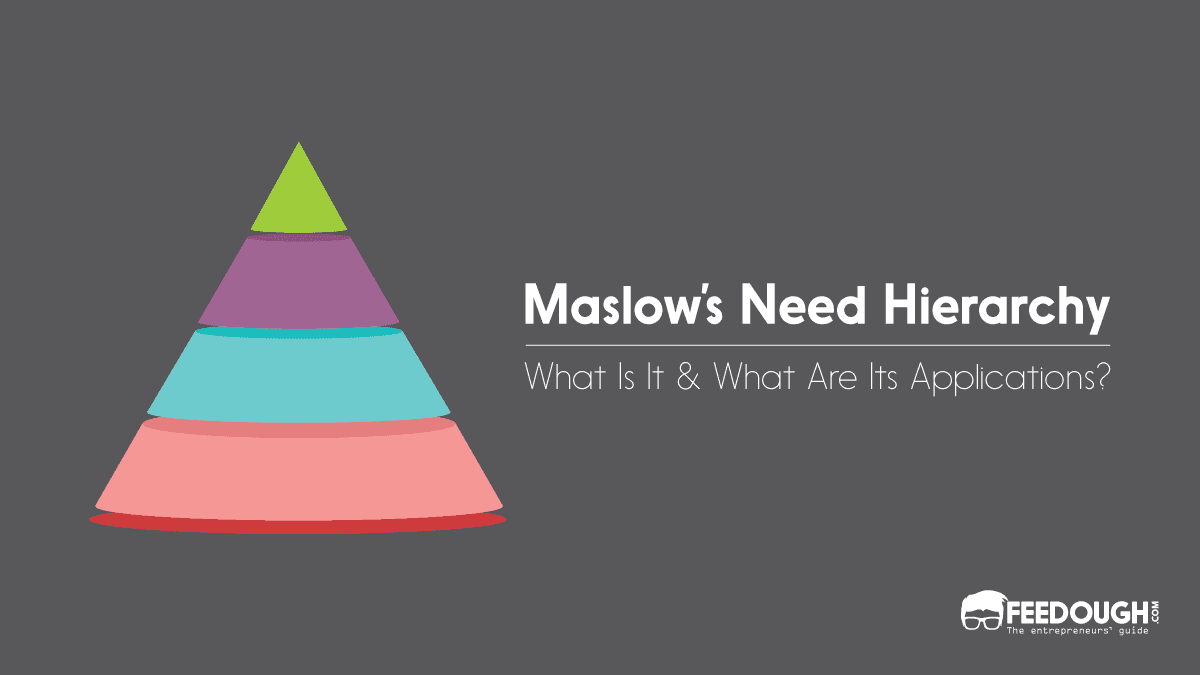
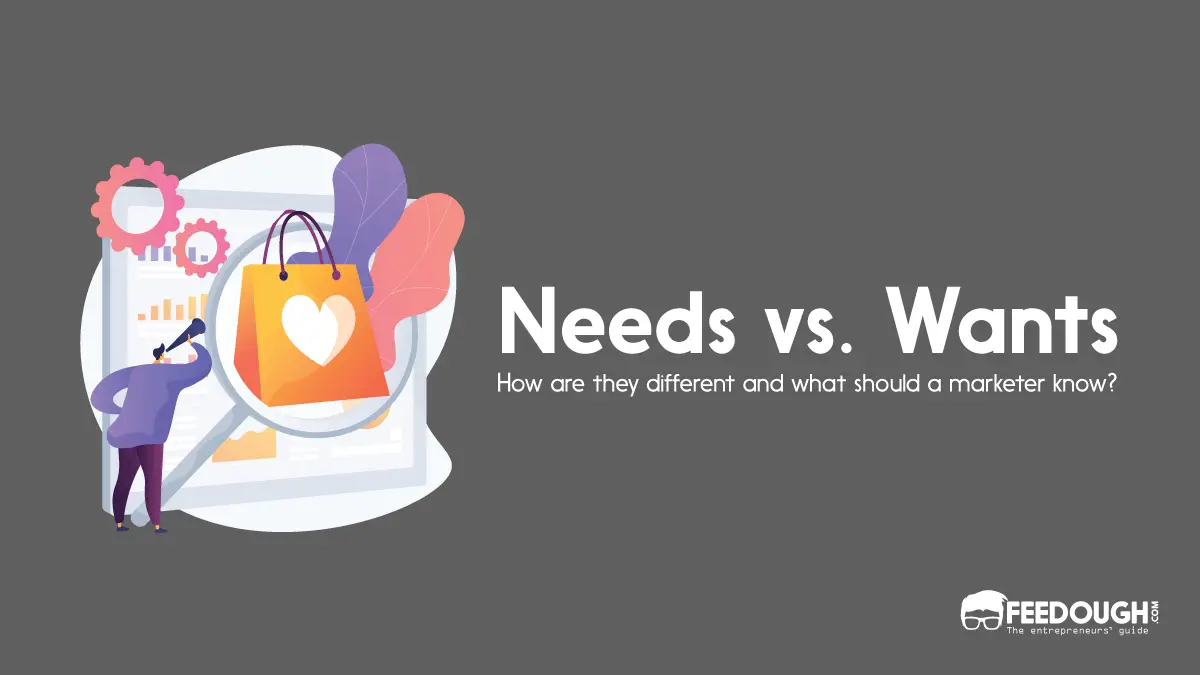
![What Is Consumer Behaviour? [Detailed Guide] CONSUMER-BEHAVIOUR](https://www.feedough.com/wp-content/uploads/2018/08/CONSUMER-BEHAVIOUR.webp)
